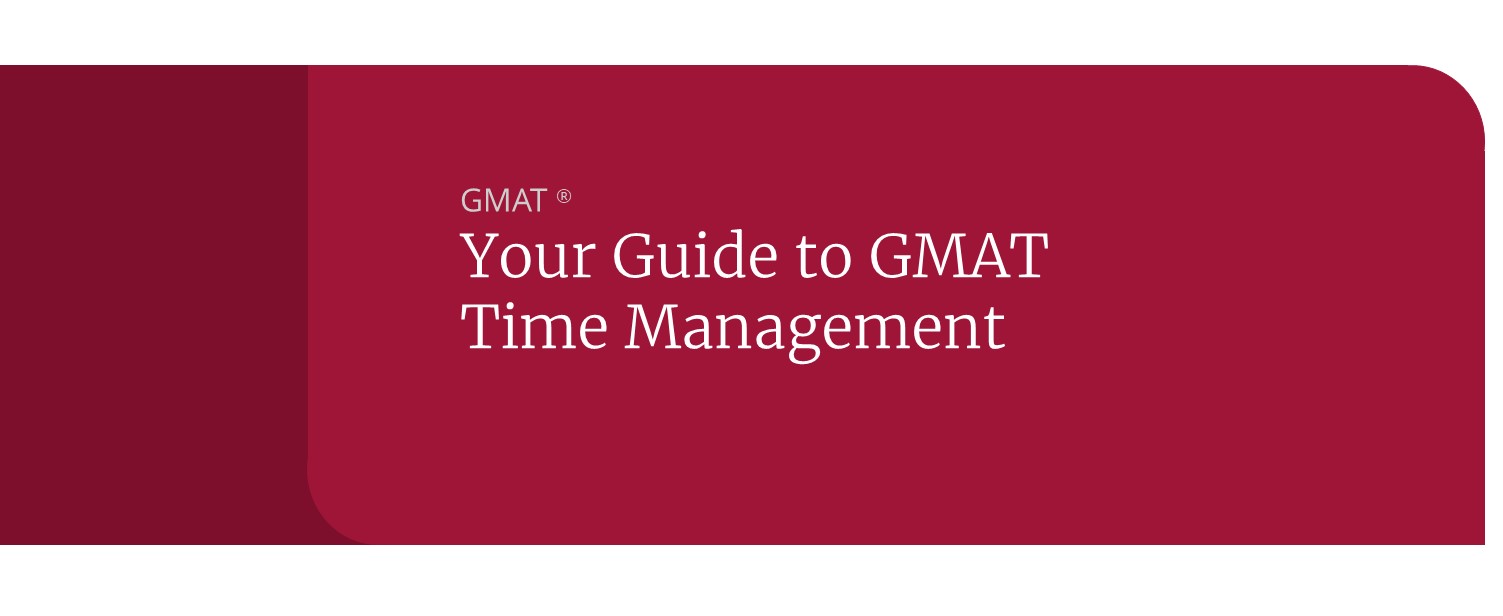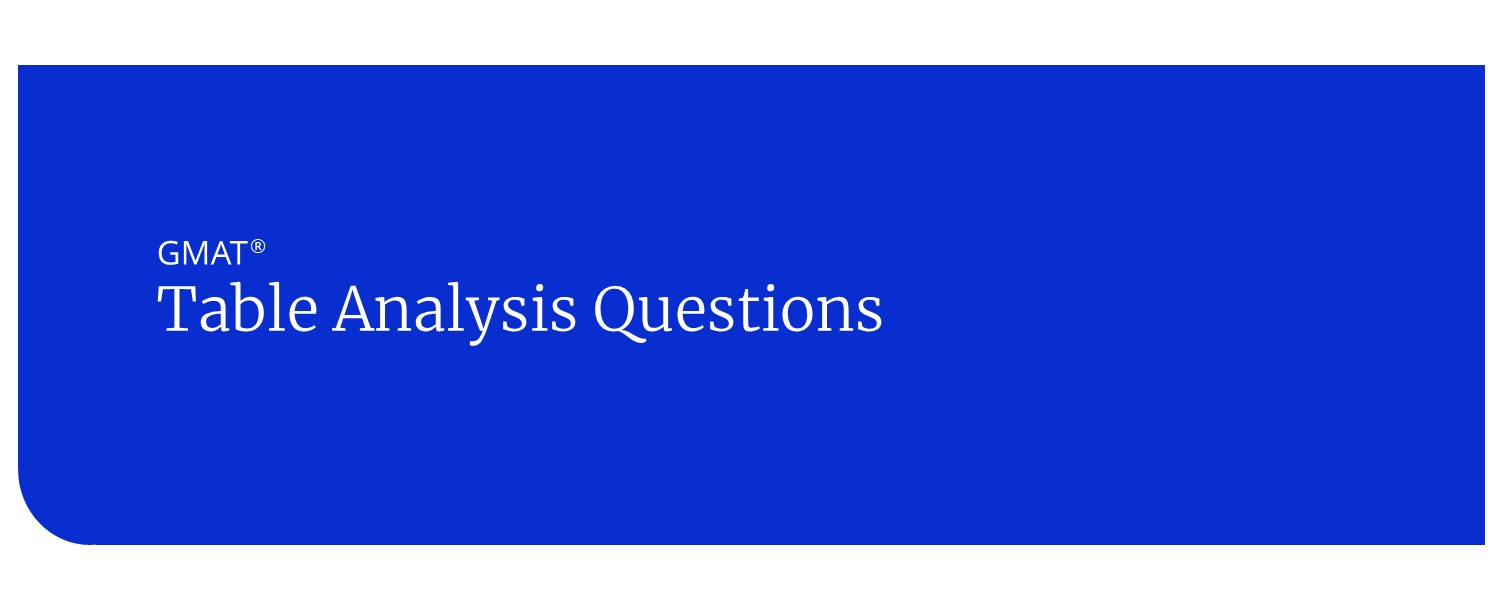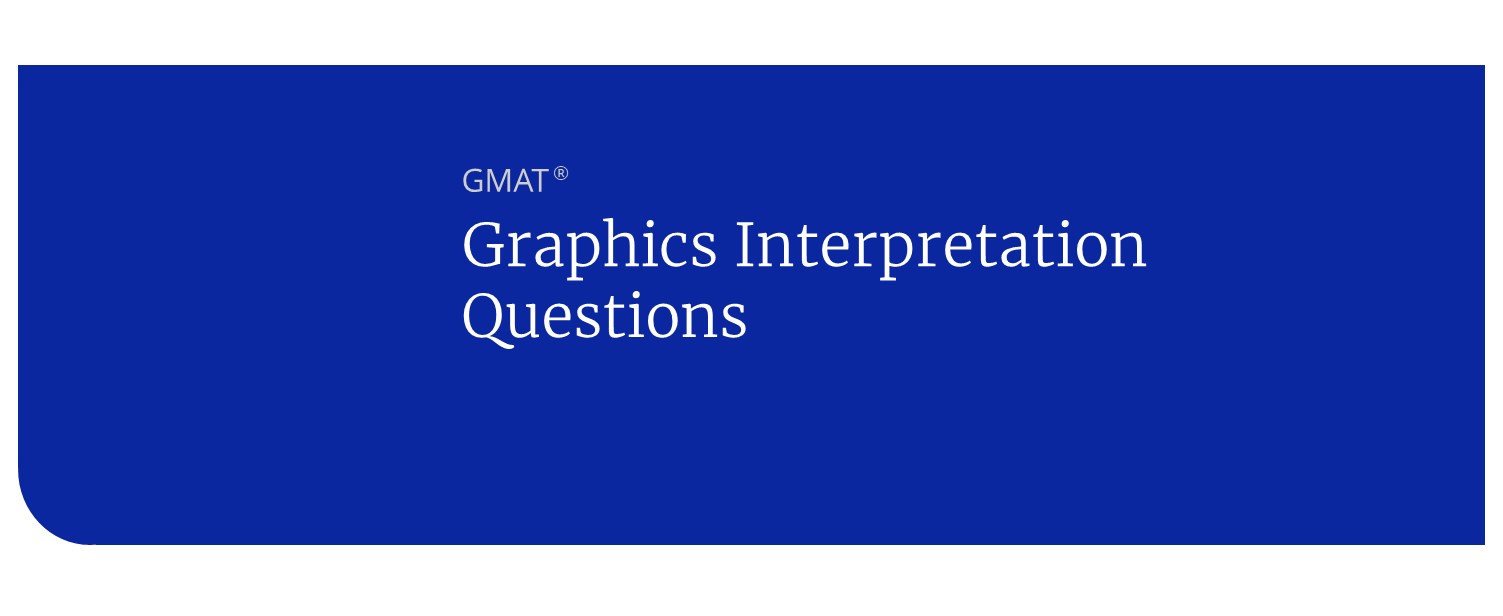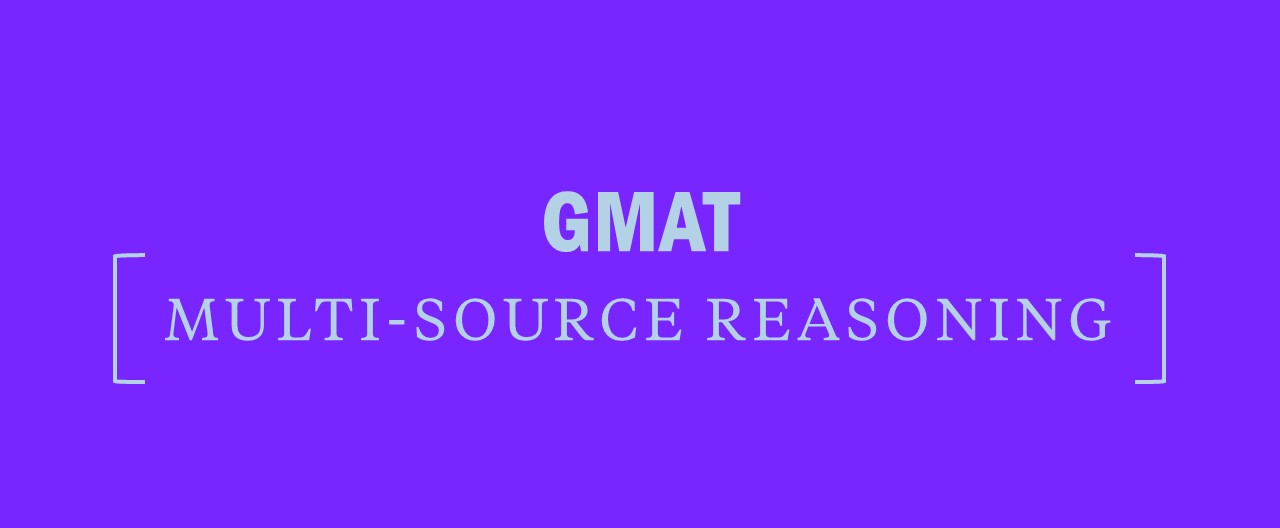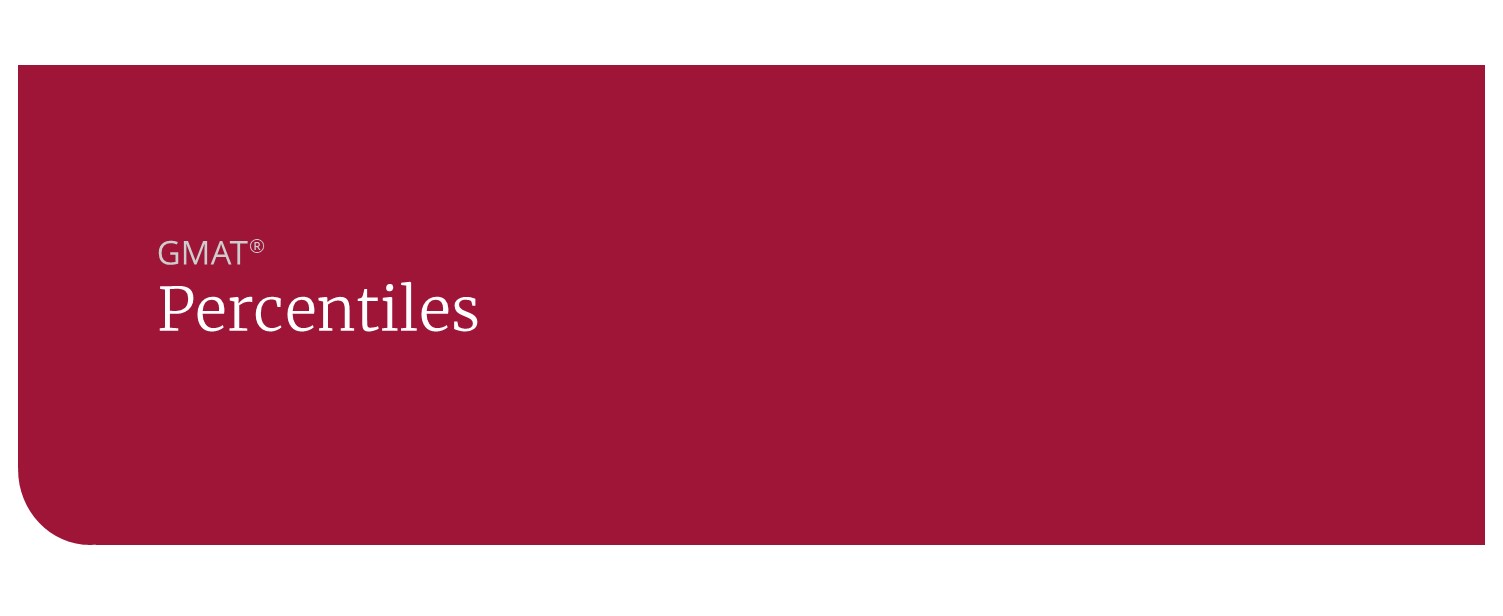Applying “Necessary” And “Sufficient” To GMAT Assumption Questions
GMAT critical reasoning questions often ask you to identify the assumption of an argument. The first step in doing that successfully is understanding what, exactly, they mean by “assumption.” An assumption in GMAT-speak is the unstated link somewhere in the chain of evidence and conclusion. Finding the assumption means, basically, finding that gap in the argument and filling it.
Components of a Critical Reasoning Argument
To quickly review, any GMAT argument can be broken down into its conclusion and its evidence, which are stated in the passage. The third component, which is perhaps the most important part, is the central assumption. This is the unstated evidence that must be true in order for the argument to make sense. Here is an example:
“In recent years, many advertisements have won awards for their artistic quality. But since advertising must serve as a marketing tool, advertising executives must exercise their craft with an eye to the effectiveness of their advertisement. For this reason, advertising is not art.”
Here, the evidence is found in the first two sentences and the conclusion is in the third. The assumption at the heart of this argument is what links the second and third sentences; the author assumes that something you have to judge based on its effectiveness cannot be art.
The GMAT employs this same argument structure repeatedly in Critical Reasoning passages, and it is often paired with one of five standard question types. For each of these question types, which make up more than 60% of CR questions, you break the argument down the same way. Let’s use this sample argument with five potential questions.
Assumption Question Types
Not surprisingly, assumption questions simply ask you to identify the central assumption in the argument. These questions may include language such as, “The author assumes that…” or “The argument above depends on which of the following assumptions?” Once you have identified the assumption connecting the evidence to the conclusion, you have a prediction for the answer. An appropriate answer for this example would be, “Something is not ‘art’ if its creator must be concerned with its practical effect.”
Strengthen Questions
Strengthen questions in Critical Reasoning use this type of language:
- Which of the following statements, if true, provides the most support for the conclusion above?
- The argument above would be more persuasive if which of the following statements were found to be true?
- Which of the following statements, if true, would most strengthen the argument above?
For a strengthen question, use the assumption to predict the answer; because an assumption is unstated evidence, simply stating it (and turning it into stated evidence) provides a strengthener. For this example passage, an appropriate answer to a strengthen question would be, “Being concerned with practical effectiveness precludes advertising from being considered art.”
Flaw Questions
Flaw questions are similar to weaken questions, but the correct answer will identify something wrong with the argument as presented, rather than asking you for some new fact that, if true, would make the argument questionable. Flaw questions use this type of language:
- Which of the following is a flaw in the reasoning above?
- The argument above is vulnerable to which of the following criticisms?
These flaws center on the author’s assumption, so identifying the conclusion,
evidence, and assumption remains the best approach for these questions. The correct answer to a flaw question will describe the logical flaw inherent in the argument’s assumption.
For this example, a flaw in the argument might be, “It fails to address the aesthetic considerations of the advertising’s creator.”
Weaken Questions
For a weaken question, you will use the assumption to predict the most significant way to tear down the argument; the assumption is like the argument’s Achilles heel. Weaken questions use this type of language:
- Which of the following statements, if true, casts the most doubt on the author’s conclusion?
- Which of the following statements, if true, would most weaken the argument above?
- Which of the following statements, if true, most seriously calls into question the plan outlined above?
An appropriate answer to a weaken question for the advertising-as-art passage would be, “Many respected artists are concerned with the practical effects of their creations.” This casts doubt on the argument by providing evidence that the assumption is incorrect.
Evaluation Questions
An evaluation question asks you to identify information that would help you assess an argument’s strength. They use language such as the following:
- The answer to which of the following questions would be most useful to know in order to evaluate the validity of the argument’s conclusion?
- Which of the following must be studied in order to evaluate the argument presented above?
Evaluation questions are rare, but they fit into the assumption-based category of Critical Reasoning questions because the correct answer to an evaluation question typically relates in some way to the assumption. The correct answer won’t impact the validity of the argument, but it will specify the kind of evidence that would help you judge the validity of the author’s argument. Information useful for evaluating the advertising passage might be, “Whether historical advertising was considered art by contemporaries.”
Practice identifying assumptions and you’ll be able to knock out more than half of your Critical Reasoning questions with one approach.
Necessary and Sufficient Assumptions
Assumptions can be roughly divided into “necessary” and “sufficient,” and your approach to tackling an assumption question depends in part on which kind of assumption you’re dealing with. A necessary assumption MUST be true in order for the conclusion to follow logically based on the evidence presented. Take, for example, the following simplified version of a GMAT question:
Here, you’re looking at finding the unstated idea that MUST BE TRUE in order for the argument to work logically. Take a look at the possibilities:
Now, a few of these choices support the argument’s conclusion. But only one of them is actually necessary to the argument. Let’s looks at them one at a time.
a) Jennie gets good grades in all of her science classes.
This isn’t an assumption of this argument at all. Jennie’s other science classes are outside the scope of the argument, since they are addressed in neither the evidence nor the conclusion.
b) All girls named Jennie are smart.
This choice would certainly support the conclusion; if this were true, then the conclusion would HAVE to be true. But is this statement NECESSARY to the conclusion? No. Other girls named Jennie don’t have any necessary significance to this argument. So this is not a good choice.
c) Jennie wouldn’t wear glasses if she wasn’t smart.
Again, this choice would be SUFFICIENT to make the argument’s conclusion follow from the evidence. But is it necessary? No. So we’ll bypass this one.
d) Some people who get A’s in chemistry are smart.
This is the correct choice, because it MUST be true in order for the evidence to follow logically from the conclusion. What if this wasn’t true, and no one who got an A in chemistry was smart? If that were the case, then the conclusion would not be true, based on the evidence that Jennie gets A’s in chemistry.
e) Everyone who gets an A in chemistry is smart.
Once more, this choice is sufficient to support the conclusion, but it’s not necessary. So it’s not the correct answer to the question that is being posed.
Now, hopefully you noticed that the correct answer here is the least extreme relevant statement. That doesn’t always have to be the case, but for questions that ask for necessary assumptions, it’s a good general guideline. Be wary of answer choices that are extreme; they will often be sufficient, but not necessary, and will therefore trick test-takers who aren’t careful in evaluating what exactly the question has asked them to find.
But what if the question paired with that argument looked more like this?
Well, in that case, the answer choices would look more like these:
Just as in the last example, choice a) is not relevant to the argument as an assumption. But here, choice b) is the correct answer, because if that statement is true, then the conclusion is absolutely true. Choices c) and e) are irrelevant in the same way that choice a) is, since physics and people who don’t wear glasses aren’t at issue here. Now, choice d) is NECESSARY to the argument, but it is not the BEST support to the conclusion. Even if it IS true that some people who get A’s in chemistry are smart, that doesn’t guarantee that Jennie is.
Moral of the story: keep a close eye on what the question is asking for, and read accordingly.

